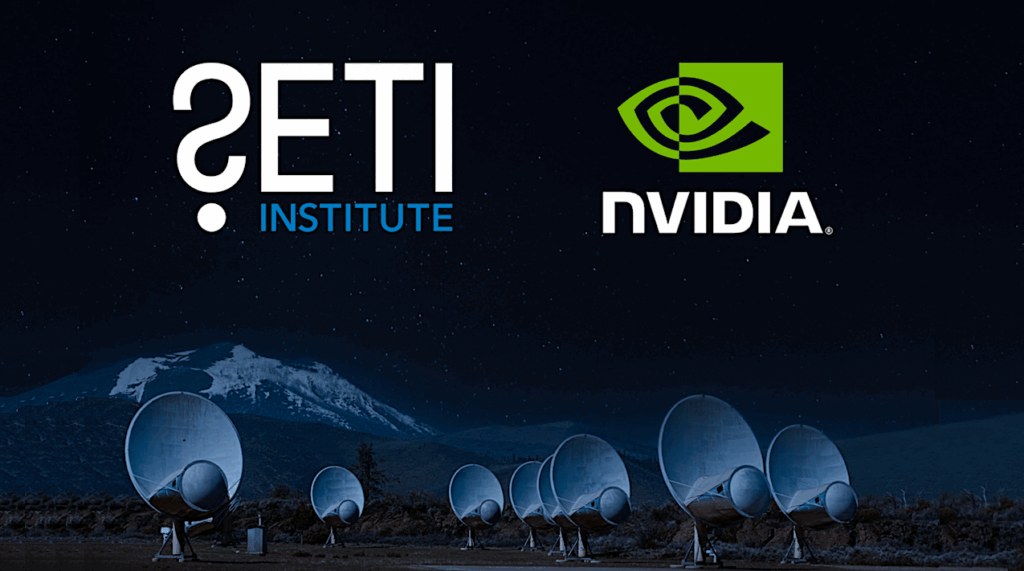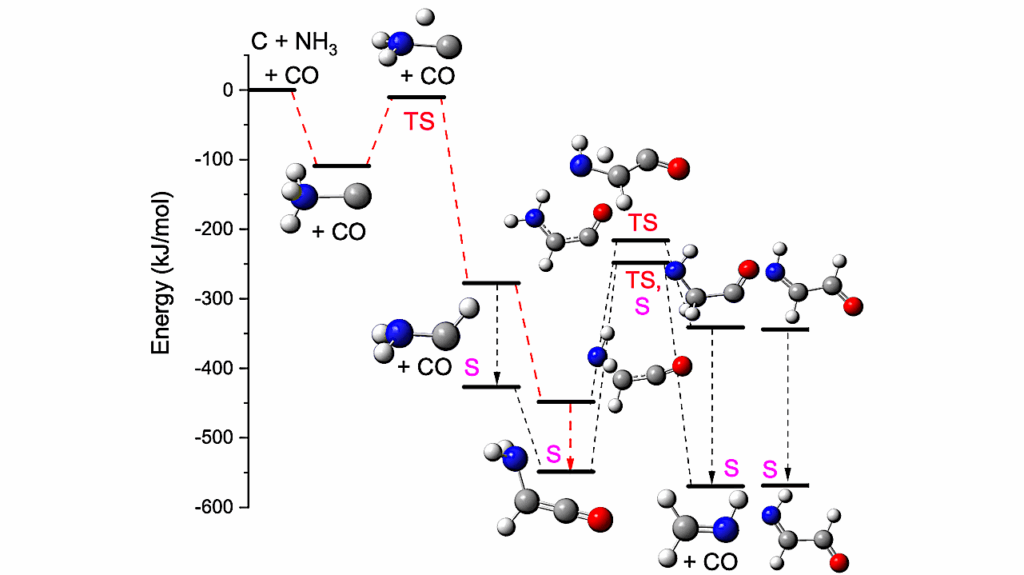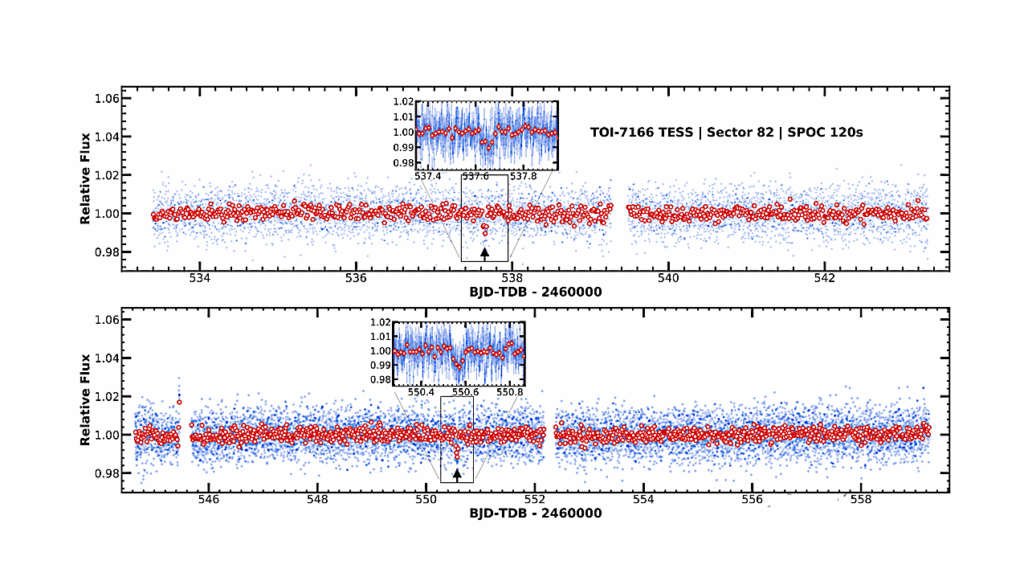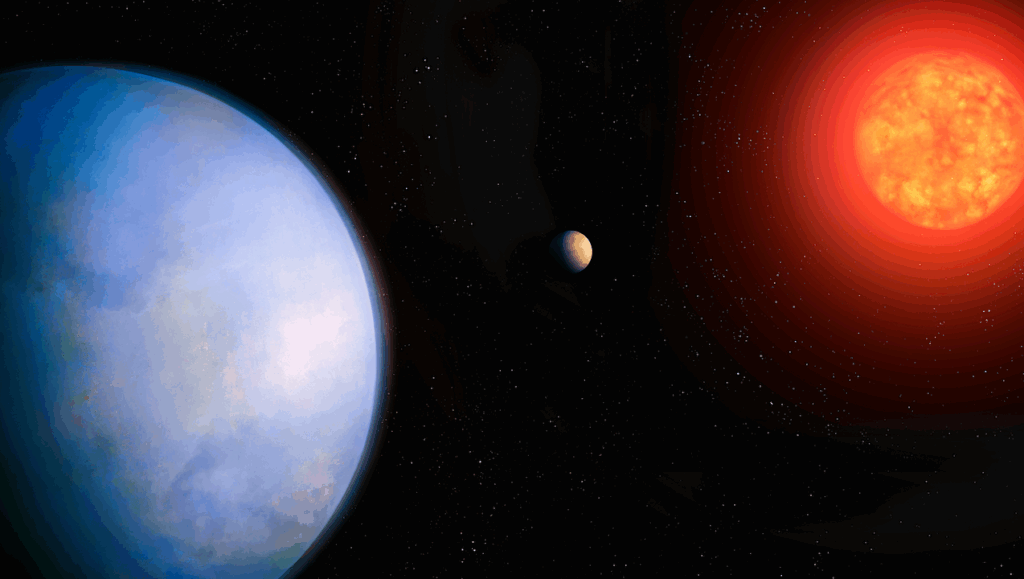Study Finds Rogue Planets Can Become Permanently Trapped in Sun’s Orbit
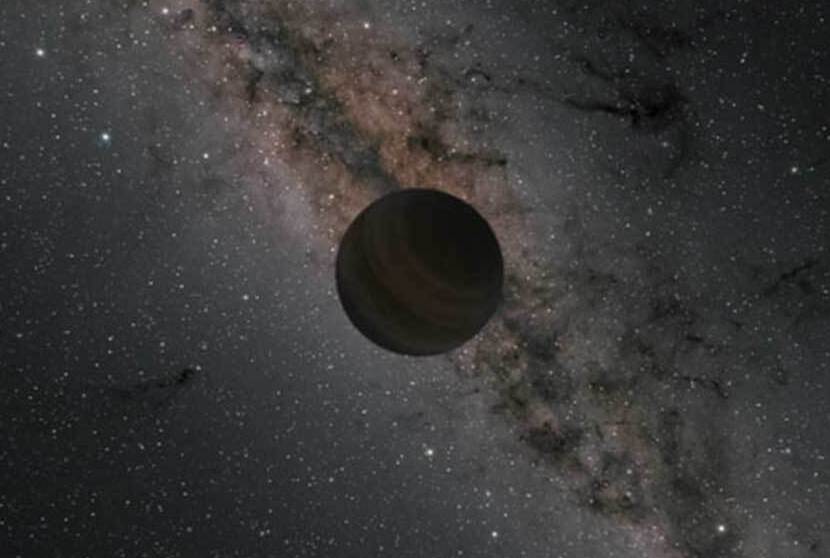
Objects from interstellar space, such as rogue planets and asteroids, can become permanently trapped in the Sun’s orbit as a result of the combined gravitational effects of the Sun and the entire Milky Way galaxy, according to a study by researchers in the Katz School’s Mathematical Sciences program and at NASA.
In March, Edward Belbruno, professor of mathematics at the Katz School, discussed the results of the study at Heidelberg University and to the trajectory dynamics group at the European Space Agency’s Operations Centre (ESOC), both in Germany.
In the paper, ”Permanent Capture into the Solar System,” he explained that when an object from interstellar space gets caught by the Sun’s gravitational pull, it can enter a state known as permanent capture, in which the object remains in orbit around the Sun indefinitely, without escaping back into space or colliding with it. In a state called weak capture, the object is slowly drawn into a stable orbit around the Sun but never fully reaches it, ensuring its perpetual presence in the solar system. The region where this capture occurs exhibits a complex, repeating pattern similar to a fractal, which contributes to the stability of the captured object’s orbit.
“The combined gravitational forces of the Sun and the Milky Way play a crucial role in this process,” said Belbruno. “The galaxy’s gravitational field, including the effects of dark matter, significantly influences how objects are captured. Previous studies mainly focused on comet captures, which weren’t always permanent. This new research, however, describes a mechanism that ensures a permanent capture.”
He and James Green of NASA used a simplified model involving three masses: the object from interstellar space, the Sun and a representation of the Milky Way’s mass, which simulated the motion of the captured object and its stability and chaotic behavior. The region where the object is captured can exhibit chaotic motion, similar to patterns seen in the Mandelbrot set in mathematics, which is a famous set of points that forms a complex, beautiful and infinitely detailed pattern. This chaotic nature means the object’s orbit can be highly unpredictable, yet it remains bound to the Sun.
The study suggests that rogue planets, which are not bound to any star, could be captured by the Sun over millions of years. These rogue planets could potentially influence the orbits of existing planets in Earth’s solar system, making them detectable by scientists. The gravitational influence of these captured rogue planets or other objects could cause noticeable changes in the orbits of planets within the solar system. By studying these orbital perturbations, researchers might be able to identify and confirm the presence of such captured objects.
“The discovery not only enhances our understanding of gravitational dynamics but also opens up new possibilities for detecting and studying these fascinating celestial bodies,” said Belbruno. “As we continue to explore the cosmos, who knows what other secrets the universe holds about the objects that have joined our solar family?”
Astrobiology,


